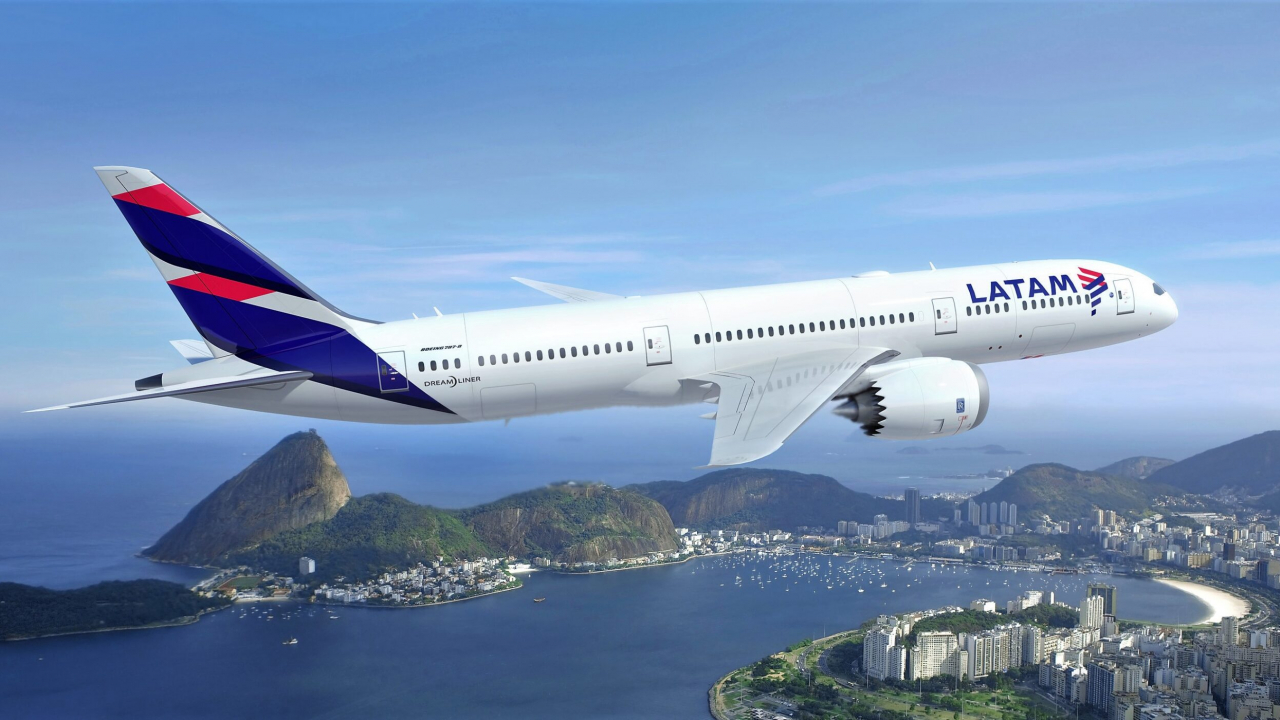How Distance-working can be an Opportunity for Airlines
Alvaro Covarrubias
June 23, 2021

|
The pandemic has thrown up uncertainties that can be put to use. And new pricing models may be an option for airlines willing to think out of the box. |
The transaction-based relationship between airlines and individual customers was a one-size-fits-all approach before COVID19. In the new environment of commercial aviation, longer-term relationships in the form of ‘mobility contracts’ need to emerge. A lot of money may be at stake.
The pandemic has pushed us all to adopt new technologies for working, while existing trends accelerated. Video conferences are now the standard, as people have found ways to communicate remotely. Just as the telex, fax and landline numbers have become less relevant – and often dropped from personal business cards – the office address may be the next to go.
Though companies and individuals are still adjusting to remote work, most employees have realized that, among other benefits, cutting out a commute of perhaps two hours a day in traffic is a big gain all round.
Some companies don’t like the idea of remote work but, in many cases, employees will be consulted on how they want to work post-pandemic. For many, remote work is, and will be, the new normal. An obvious question is then: ‘do I still need to live close to my job or not?’
Moving to cities, other than where their company is located, can allow people to access a better quality of life. This can be due to factors such as a lower cost of living, better climate, or access to services they cannot access in their current location.
However, people need to consider that, probably every other week, they will have to go to their offices for important meetings, so while the ‘commute’ may no longer be daily, it will not be gone completely. In addition, perhaps every few weeks, they will want to visit friends or relatives (VFR) who have stayed put. This in an important cost item to consider in a decision to move.
A Bonus for Airlines?
Few airlines have realized the opportunity behind the impacts of the home-working trend. So far, their pricing strategy has been ticket-based, implicitly assuming the price of the ticket does not affect the location decision of their customers.
Airlines can be more innovative and establish longer-term contracts with consumers. This would ensure a more predictable and affordable cost for commuter and VFR customers who would then become potential passengers. Knowing the travel costs involved, they would be more likely to make the move to other cities and this would lead to increased demand for airline seats that otherwise may not exist.
So how can these contracts be structured?
-
Customers of the airline would have a target of ticket expenditure and numbers of segments to fly on a specific route – for example an office location to a new home location – in a year.
-
The airline will agree that, if a customer achieves the target, it will set a cap on the average price per ticket in the year for that specific route (sending a rebate, if necessary). This makes travel costs predictable for customers.
-
The average price may decrease further if a customer achieves a second higher target. This would reduce a possible perverse incentive to fly other airlines when, after achieving the initial target, the ticket price is lower than the agreed average price.
-
Single ticket prices may change, based on an airline’s revenue management, to give the right incentives to customers. However, the average price per ticket in a year shall be honored if target expenditure and segments are achieved.
-
These contracts should enable all household members to have access to preferential tickets. They may also include an allocation of tickets at preferential price for invitees (friends and relatives willing to visit) on the same route.
-
These contracts should run for at least two years to provide a reasonable planning horizon to customers considering permanently or temporarily relocating.
At a certain level, airline loyalty programs are a longer-term contract between airlines and customers, though the variability of ticket costs and the usual difficulties to redeem tickets, make total travel costs unpredictable, even for very high tier members.
Some airlines offer corporate subscription models, but no major airline does it for individuals of households, as proposed here. If this model works out, the same type of contract could also be established between airlines and customers considering moving to other cities for retirement or studying purposes.
Will airlines pursue this opportunity? I would be interested to hear what they think about the idea.
